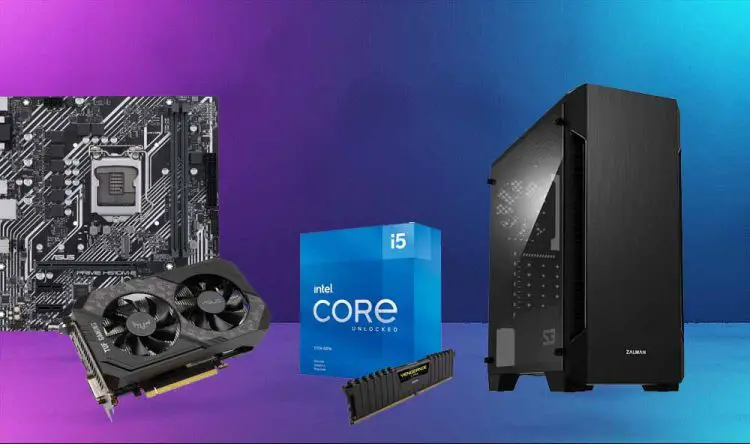A $700 gaming PC is capable of running most AAA games at 1080p settings if not 4K. At least these mid-range gaming PCs allow you to play your favorite games without spending too much on bulky gaming peripherals.
And when it comes to getting better gaming performance under $700, it’s better to choose parts that give you the most bang for your buck.
So, when building such an affordable gaming PC, you have to put more focus on the CPU and GPU. Luckily, the next-gen chips from Intel and AMD have already hit the market which ultimately has reduced the price of previous-generation chips on the market.
When building a custom gaming computer for $700 that should run any game at 1080p settings, you have to choose your parts carefully.
Please note that our main goal is to play modern games in the best settings possible, so we have to pick hardware that leads us straight to our goal.
The $700 gaming PC that we’ve built here doesn’t have any killing aesthetics to it. But it’ll do the job it’s made for, and that is to deliver a 1080p 60fps gaming experience.
We have put more focus on the CPU and GPU in this build, as these play a crucial role in better gameplay.
Building the Best Gaming PC Under $700 Budget
| CPU | Intel Core i5 11600KF | Check price |
| Motherboard | ASUS Prime H510-E | Check price |
| Graphics Card | ASUS TUF GTX 1660 Super Overclocked 6GB | Check price |
| RAM | Corsair Vengeance LPX 16GB | Check price |
| Storage | Western Digital Blue SN350 1TB | Check price |
| PSU | EVGA W3 450W 80+ | Check price |
| PC Case | Zalman S3 ATX Mid-Tower | Check price |
To stay within our budget range, we have chosen the 11th-gen Intel Core i5 11600KF CPU, which is a six-core CPU with each core clocked at 3.9 GHz.
To catch up with the pace of 11600KF, we have chosen the ASUS TUF GeForce GTX 1660 Super Overclocked 6GB Edition graphics card.
Both of these parts will sit on the ASUS Prime H510M-E LGA1200 motherboard, which is the cheapest you’ll find for the LGA 1200 socket CPUs.
There are two DDR4 DIMM slots on this motherboard, and to fill them up, we have chosen two 8GB DDR4 sticks of Corsair Vengeance LPX.
Furthermore, we have opted for a 1TB Western Digital NVMe SSD, EVGA 450W W3 PSU, and Zalman Zalman S3 ATX Mid Tower PC case which has a transparent side panel to view your internals.
So, this was a general overview, let’s dive in and discuss a bit about them
Processor: Intel Core i5 11600KF
Cores: 6 | Threads: 12 | Base Clock Speed: 3.9 GHz | Boost Clock Speed: 4.9 GHz | Socket: LGA 1200 | TDP: 125W
Reason to Choose:
The Intel Core i5 11600KF is one of the best six-core gaming CPUs in the Rocket Lake line-up. It delivers excellent single and multicore performance in CPU-intensive workloads. On top of all, it squeezes out more performance for a lower price.
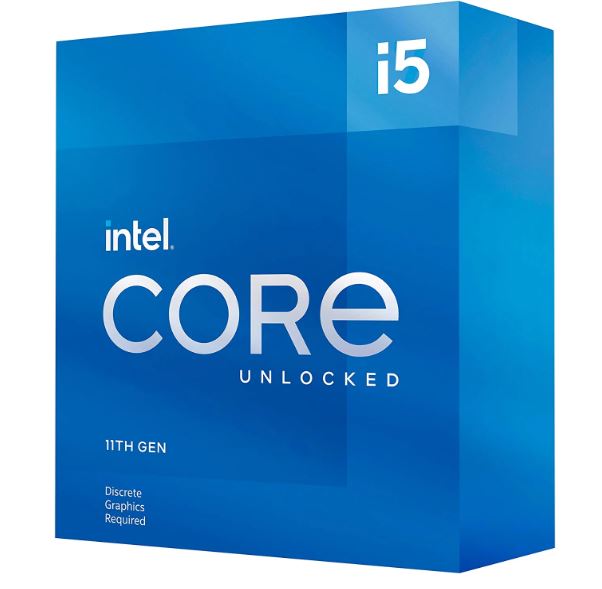
Although the Core i5 11600KF is technically weaker than Alder Lake’s Core i5 12600KF, we are more concerned about the price here.
Both the 11th-gen and 12th-gen Core i5 CPUs deliver solid 1080p gaming performance, so why not go with the 11th-gen version to get our job done?
The good thing about Core i5 11600KF lies in its base clock speed. Right out of the box, you’ll get a 3.9 GHz clock on each of its six cores.
And when it comes to AAA gaming, the higher clock speed is still one of those factors that many game developers take into consideration.
Where most games still depend upon six-core today, we believe that the Core i5 11600KF shows up a great deal at this point.
Modern-day PC games can consume up to four cores at a time whereas the remaining two are used for non-gaming tasks at the back end.
Therefore, the i5 11600KF fulfills the minimum CPU requirements to have in your gaming PC. Let’s have a look at the performance of the Core i5 11600KF in the gaming industry.
Being a mainstream CPU, it looks like Intel has designed the Core i5 11600KF to undercut AMD’s Ryzen 5 5600X.
If you ever had any gaming experience with the Ryzen 5 5600X, then you can expect the same kind of gaming performance with the Core i5 11600KF.
In some popular titles like Metro: Exodus, F1 2019, Shadow of the Tomb Raider, Total War: Three Kingdoms, Civilization VI, and Far Cry New Dawn, the Core i5 11600KF manages to throw 60fps at 1080p settings with most 6GB graphics cards.
On paper, the Core i5 11600KF is cheaper as compared to its cousin, the Core i5 12600KF. However, in terms of gaming performance, there’s only a difference between here and there in average frame rates at 1080p settings.
Yes, Alder Lake’s Core i5 12600KF takes lead over this Core i5 11600KF when it comes to multitasking workloads, and that credit also goes to the hybrid cores that Intel has introduced in the 12th-generation CPUs.
But we have to save each penny to build our gaming PC, so for us, the Core i5 11600KF is more than enough to keep our gaming juice flowing. At least up to the point where our goal is to get smoother frame rates at 1080p high settings.
To be honest, this is one of those gaming processors that won’t test the patience of your GPU to render those gaming graphics at 1080p settings.
It means there would be a minimal bottleneck (not noticeable at all) if you pair this CPU with any entry-level 1080p gaming card. If you are a penny-pinching kinda guy, then this is the right CPU to build your gaming PC.
Graphics Card: ASUS TUF GeForce GTX 1660 Super Overclocked
Video Memory: 6GB GDDR6 | Boost Clock Speed: 1845 MHz | CUDA Cores: 1408 | Memory Bus: 192-bit | Architecture: Nvidia Turing | TDP: 125W | PSU Requirement: 350W | Video Outputs: 1x DisplayPort 1.4a, 1x HDMI 2.0, 1x DVI
Reason to Choose:
The ASUS TUF GeForce GTX 1660 Super Overclocked is the most powerful and inexpensive entry-level graphics card for 1080p gaming. It goes hand in hand with entry-level chips like RTX 3050 and AMD RX 5600 XT when it comes to solid gaming performance.
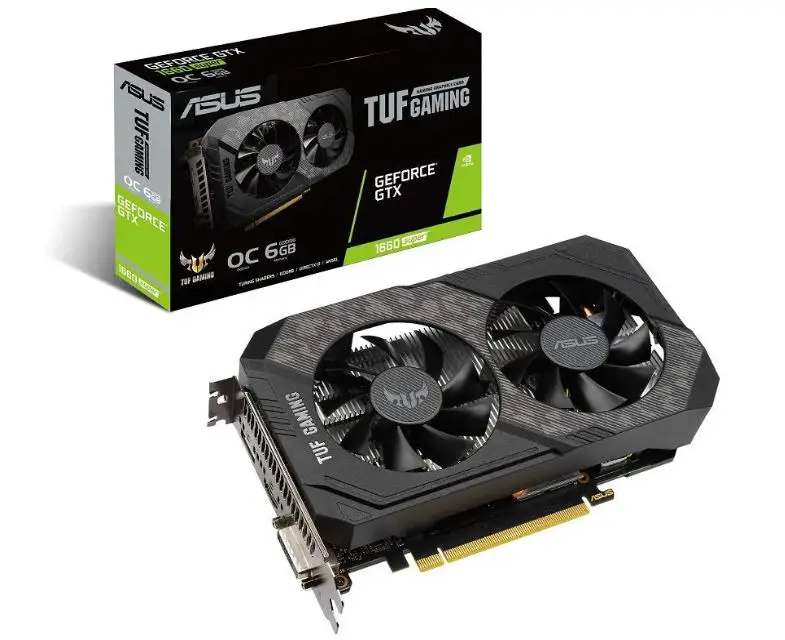
The entire Nvidia GTX 1600 Series has been my favorite when it comes to building low-budget gaming PCs.
And the need for such cards becomes a necessity when you are a beginner and don’t know where the sweet spot lies in 1080p gaming.
To get the best possible experience, I would recommend you to go with this overclocked version of GTX 1660 Super which blows past 1800 MHz under heavy graphical workloads.
It’s an improved version of the original GTX 1660 with better thermals, multiple video outputs, and a great design.
The ASUS TUF GeForce GTX 1660 Super Overclocked graphics card comes with 6GB GDDR6 video memory which makes it the right fit for 1080p gaming.
Just to let you know, 1080p gaming is the most popular section where most gamers spend their money.
The ASUS GTX 1660 Super Overclocked Edition delivers the level of gaming performance that you may expect from a similar AMD card like the RX 5600 XT.
However, the RX 5600 XT is slightly more expensive than the GTX 1660 Super, but at the same manages to throw a few more fps on your screen.
Let’s talk about the design and performance of this card. ASUS has done a great job in designing this card which now has a boost clock speed of up to 1845 MHz right out of the box.
For better thermal efficiency, there are two powerful fans at the top to care for rising temps.
The bump in the specs enables this card to achieve higher memory bandwidth while consuming as low as 125W at peak workloads. This means you can run this card even if you have a 350W power supply in your build.
Moreover, ASUS has introduced three advanced video output options HDMI 2.0, DisplayPort 1.4a, and DVI.
This gives you the freedom to connect any high-end gaming monitor to this card for the best viewing experience.
We know that it’s the time when ray-tracing and DLSS-enabled cards are ruling the market. Unfortunately, the GTX 1660 Super is built on an architecture that doesn’t come up with ray-tracing or DLSS.
But when it comes to purely 1080p gaming experience, the ASUS GTX 1660 Super Overclocked edition sits right next to some of the entry-level ray-tracing cards like RTX 3050 and RTX 2060.
In gaming, the GTX 1660 Super Overclocked Edtion from ASUS manages to play most games like Metro: Exodus, Shadow of the Tomb Raider, Fary Cry 5, Total War: Three Kingdoms, Civilization VI, and Age of Empire 4 at 1080p settings.
Though, the average frame rates drop a bit below 60fps in some games like Metro: Exodus and Assassins Creed: Odyssey at 1080p high settings, that doesn’t result in sluggish gameplay at all.
By tweaking shadows and textures manually, most AAA games are playable with this graphics card at 1080p medium-high settings.
With games like Age of Empire 4, Civilization V, and Middle Earth: Shadow of War, the GTX 1660 Super performs really well and manages to deliver 80+fps at 1080p ultra settings with a CPU like Intel Core i5 11600KF.
ASUS TUF GTX 1660 Super Overclocked gives you the most bang for your buck if you are building a $700 gaming PC. It sits at the exact sweet spot where most people don’t hesitate to spend money for a decent gaming card.
If you don’t have enough money to spend on a 1080p gaming card, this is the one you should go with. Also, it doesn’t need you to buy an insanely expensive power supply to run it.
Motherboard: ASUS Prime H510M-E
Type: Miro-ATX | Chipset: Intel H510 | Socket: LGA 1200 | Generation Supported: Intel 10th & 11th | DIMM slots: x2 Dual-Channel DDR4 | PCIe Interface: 4.0 | SATA ports: 4 SATA III | USB ports: 2 x USB-A (USB 3.0 / 3.1/3.2 Gen 1), 2 x USB-A (USB 2.0) | M.2: x1 | Power Connector: 1 x 24-Pin Mainboard, 1 x 8-Pin ATX
Reason to Choose:
The ASUS Prime H510M-E is an entry-level motherboard for budget gamers. It’s the most wallet-friendly LGA 1200 motherboard with a touch of advanced features to equip your gaming hardware. There are no fancy RGB lights and heat spread shrouds on this motherboard to make it more expensive.

We have seen many budget gamers showing no interest in high-end motherboards. Most of them just need a motherboard that can board their favorite graphics card and processor.
Not everyone needs those bulky features in a motherboard that are only useful if you are building a high-end gaming PC.
This under $100 motherboard provides you with the basic platform to build your low-cost gaming PC from scratch. It has the most basic features that you truly need in a decent gaming rig.
The Prime H510-E natively supports Intel’s 10th and 11th gen processors right out of the box. Our Core i5 11600KF is definitely the right choice for this kind of motherboard. This CPU motherboard combo will not only save you money but it’ll also allow you to upgrade your machine later on for better performance.
There are two DDR4 DIMM slots that can hold memory up to 64GB. Although we are using two 8GB sticks for our build, if you want to upgrade in the future, you can simply bump up to 64GB without any issue.
Moreover, the ASUS Prime H510-E has equipped with the most advanced USB slots to connect your peripherals right away.
Also, there’s one M.2 slot to connect a high-speed storage device into it. In case you need more memory, then there are up to four SATA III slots for expanding memory.
Furthermore, we have only one PCIe x16 slot for installing our graphics card. Unless you need an extra PCIe x16 for SLI or CrossFire purposes, this single slot would be plentiful.
The main reason for choosing this H510 motherboard was to stay within our budget range and not spend money on useless features.
After all, the type of motherboard that you choose has no effect on gaming performance. And if you are on a tight budget, then a simple motherboard like ASUS Prime H510-E just brings down your overall cost to build a gaming PC.
RAM: Corsair Vengeance LPX 16GB DDR4-3200
Capacity: 16GB (8GB x2) | Type: DDR4 | Clock Speed: 3200 MHz | CAS Latency: CL16
Reason to Choose:
The Corsair Vengeance LPX brings the best value for budget gaming builds. It comes with a higher clock speed and low CAS Latency to deliver tremendous performance in gaming.
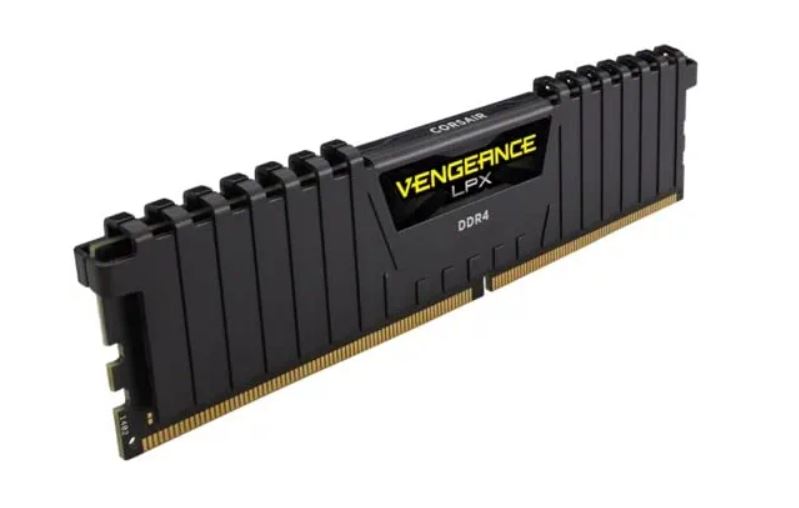
With the arrival of DDR5 gaming modules, the prices of DDR4 kits have drastically reduced in the past two months.
And this has opened a door for people like me who were desperately waiting for higher-capacity RAM sticks for a cheaper price.
The Corsair Vengeance LPX is the most affordable DDR4 RAM to build your gaming machine.
Although the 3200 MHz clock speed on each of these two sticks looks a bit outdated when compared with high-end RAM kits in the DDR4 Series, the improved CAS latency squares on the other side make this RAM a great option to go with.
For a $700 gaming that is built around Core i5 11600KF and GTX 1660 Super to deliver a 1080p gaming experience, I believe the Corsair Vengeance LPX is the most suited choice to go with.
It’s low-profile RAM, which means it won’t swap a lot of space or come in the way of bulky components within your PC case. At the same time, its smaller footprints and normal heat spreader require high airflow inside your PC case.
You can buy extra fans from Corsair and install them on these RAM modules. But as far as your gaming taste is limited to 1080p, there’s no need to install any fan on them. A good airflow inside your case would be enough to cool these modules.
Storage: Western Digital 1TB WD Green SN350
Capacity: 1TB | Type: NVMe SSD Gen3 | Sequential Read Speed: 3200MB/s | Sequential Write Speed: 2500MB/s
Reason to Choose:
The WD SN350 is an entry-level NVMe SSD that comes with decent read/write speeds. It’s an affordable option for those who cannot redefine their budget to buy the 1TB Western Digital Blue SN550 drive.
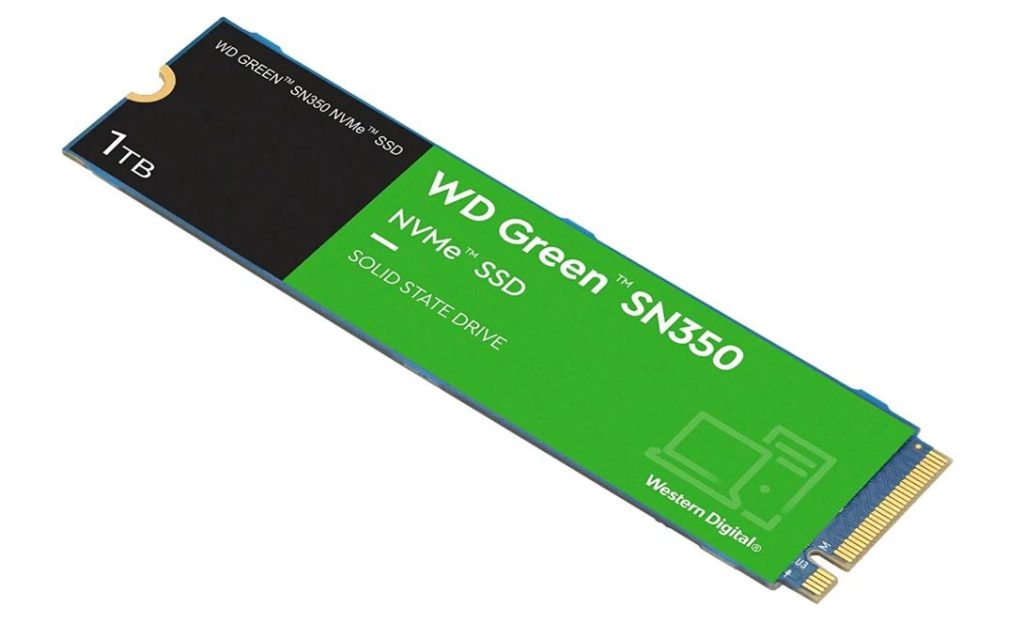
To be honest, while looking for the best storage devices for our gaming computer, I stopped by the Western Digital SN350 1TB drive, which was priced between $50 to $59.
I remember having this NVMe in one of my other gaming PCs, which booted super fast into Windows as soon as you hit the power button.
The read and write speed on this wallet-friendly SSD drive is fast, but not too fast to compare it with other expensive options on the market.
But if all you need is more storage for a lower price, this is the cheapest and most reliable option to go with.
However, if you have a little more cash to spare, then consider going with the Westen Digital Blue SD550 2TB drive, which is faster than the WD Green SN350.
Power Supply: EVGA W3 450W 80+
Type: Non-Modular | Maximum Output: 450W | Efficiency: 80+ | Cooling Method: Air
Reason to Choose:
As the components that we have chosen for our gaming PC are not power-hungry, a power supply like EVGA W3 450W would be enough to meet the energy demands of our system. It comes with 80+ efficiency and 3 years warranty period.
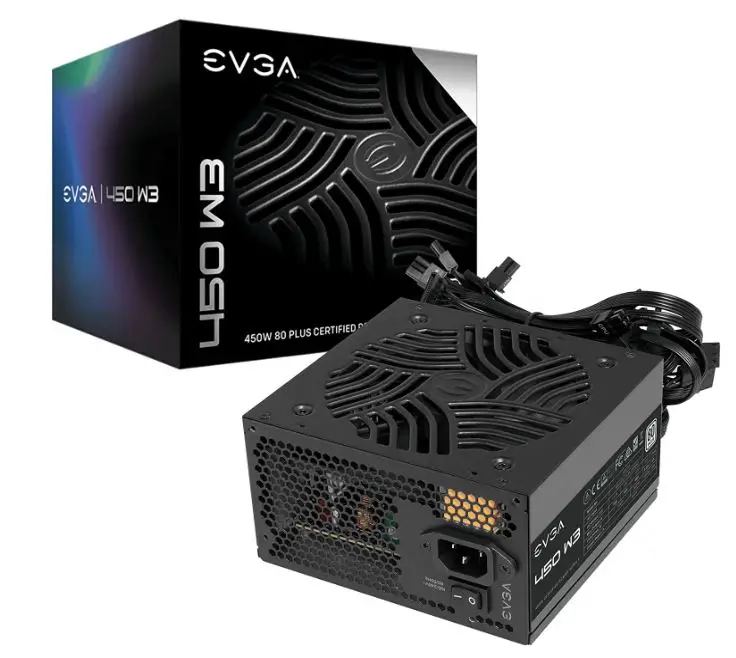
The EVGA W3 450W is a non-modular power supply, which means you’ll see a bunch of unwanted cables inside your chassis, but it’s the most budget-friendly PSU for our $700 gaming build.
With an 80+ efficiency rating, there’s a surety that most power is provided to the components without any energy loss. This PSU comes with the most needed power cables to fuel the motherboard, CPU, graphics card, and storage devices.
On a +12V rail, this PSU can provide a current of 36A, which is more than enough to fuel a powerful graphics card.
EVGA W3 provides you with the much-needed connections and power for building your next-gen budget gaming machine.
PC Case: Zalman S3 ATX Mid Tower
Type: Mid-Tower | Weight: 4KG | Motherboard Support: ATX/mATX/Mini-ITX | Fan Support: Front: 120mm x 3 Top: 120mm x 2 Rear: 120mm x 1 Bottom: 120mm x 2 | Radiator Support: Front: 120mm x 3 Top: 120mm x 2 Rear: 120mm x 1 Bottom: 120mm x 2 | Expansion ports: 7 | Drive Bays: 3.5″ HDD or 2.5″ SSD x 4 | I/O Ports: USB 3.0 x 1, USB 2.0 x 2, LED Control Button, Power, Reset, and Headphone/Mic jack
Reason to Choose:
Zalman S3 is simply one of the most spacious PC cases with a higher airflow mechanism. It comes with an acrylic side glass panel through which you can see your components in full glory. Lastly, the dual intake and metal finish design make it a worthy choice for gamers on a tight budget.
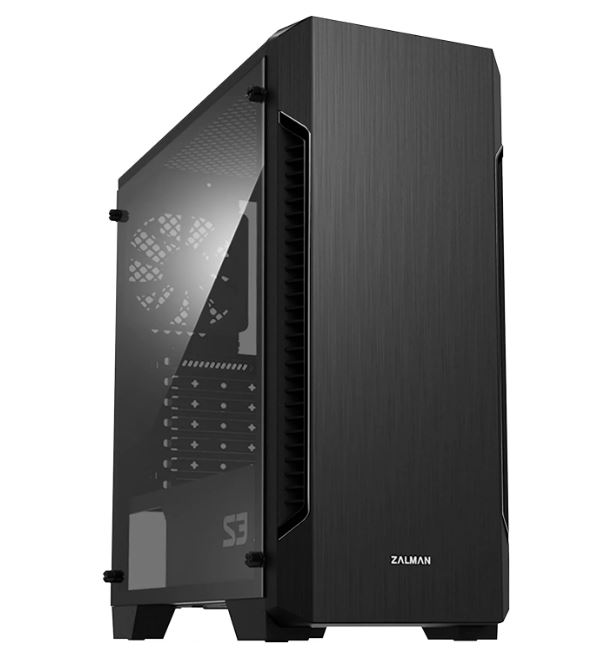
The Zalman S3 is the most fantastic and wallet-friendly PC case on the market. Although it looks like a slim PC chassis, there’s a lot of space inside it for a bulky graphics card and AIO cooler at the same time.
From the front, the Zalman S3 looks quite similar to the Zalman K1. But the S3 lacks the RGB line that you’ll pass through the edges at the front. Also, the Zalman K1 is a bit wider as compared to the Zalman S3 and can mount 280mm or 360mm radiator fans.
When it comes to fan mounts, the Zalman S3 is restricted to making use of 120mm radiator fans only. However, due to its dual intake design, the 120mm fans would be enough to keep the fresh air running through this case.
This is a mid-tower case, which means a micro-ATX motherboard like the ASUS Prime H510 would easily sit inside it without any issue.
There are dust filters at the top and bottom of this case to prevent any dust from coming inside. Moreover, the drive bays are nice and well-designed to accommodate multiple storage devices at a single time.
The cable routing holes are in the right place, and this makes cable management much easier even if you are using a non-modular power supply.
The Zalman S3 is one the best airflow PC cases to get under $100. It’s not aesthetically pleasing, but it still offers the right value for the money.
Other Parts:
At this point, the most needed parts to build our gaming PC are in our cart. But if you have some extra money to spend on other parts like a gaming monitor, keyboard, mouse, etc, then here are some affordable options to consider:
Sceptre E249W – A Cheap Gaming Monitor
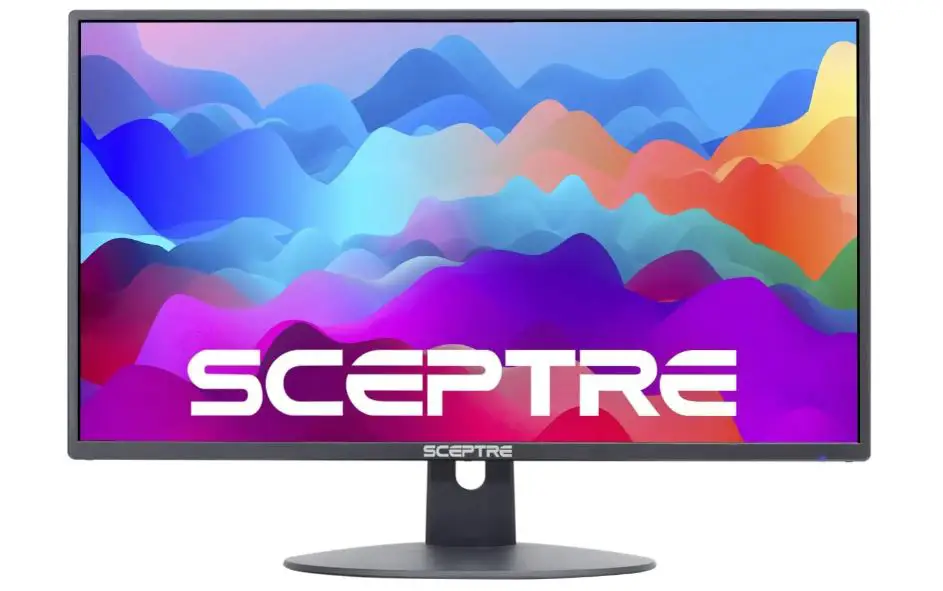
The Sceptre E249W is an inexpensive gaming monitor with a 24″ 1080p display screen. The colour and contrast quality on this screen is of mediocre quality. It’s not a high-end screen, but 5ms response time and 75Hz refresh rate, it will deliver a decent gaming experience.
CPU Cooler: Noctua NH-U14S

Noctua offers premium yet affordable cooling solutions for gaming builds. One of those solutions is the Noctua NH-U14S, which makes use of a 140mm fan, Copper base, and aluminum fins to cool down your CPU. For LGA 1200 CPUs like Core i5 11600KF, this is the most suited choice to go with.
What Type of Performance You Can Expect From This $700 Gaming PC?
With Intel Core i5 11600KF and ASUS TUF GTX 1660 Super Overclocked graphics card, you can expect this build to deliver solid 1080p gaming performance in most AAA titles.
For less demanding games, this gaming PC can deliver 60+ fps at ultra 1080p settings. However, in more demanding titles, you’ll have to manually tune the settings to get the best results.
What’s the overall cost of this gaming build?
Right now, all of the gaming hardware, except the CPU cooler and gaming monitor cost around $703. If you already have a gaming monitor and an old CPU cooler, then there’s no need to spend extra money on getting one of those.
Can We Upgrade This Gaming PC Later On?
Absolutely, you can upgrade this gaming PC with a powerful CPU like Core i7 or Core i9. Moreover, you can go with a better graphics card than the ASUS GTX 1660 Super. Lastly, you can expand the storage if you run short of it.
There’s enough room inside the Zalman S3 gaming case to accommodate bulky CPU coolers and graphics cards.
Building a new gaming PC? Don’t forget to buy the best surge protector to keep your PC safe from voltage fluctuations or power outages.
Conclusion
By spending just $700, you get a gaming machine that is able to play most games at 1080p 60fps settings. If you are a fan of AMD rigs, then you can replace the Core i5 11600K CPU and MSI Prime H510 motherboard with a Ryzen 5 5600X CPU and AM4-supported motherboard to get the same level of performance. However, this will add an extra $70 to $80 to your overall building cost.

Hi, this is Masab, the Founder of PC Building Lab. I’m a PC enthusiast who loves to share the prior knowledge and experience that I have with computers. Well, troubleshooting computers is in my DNA, what else I could say….

